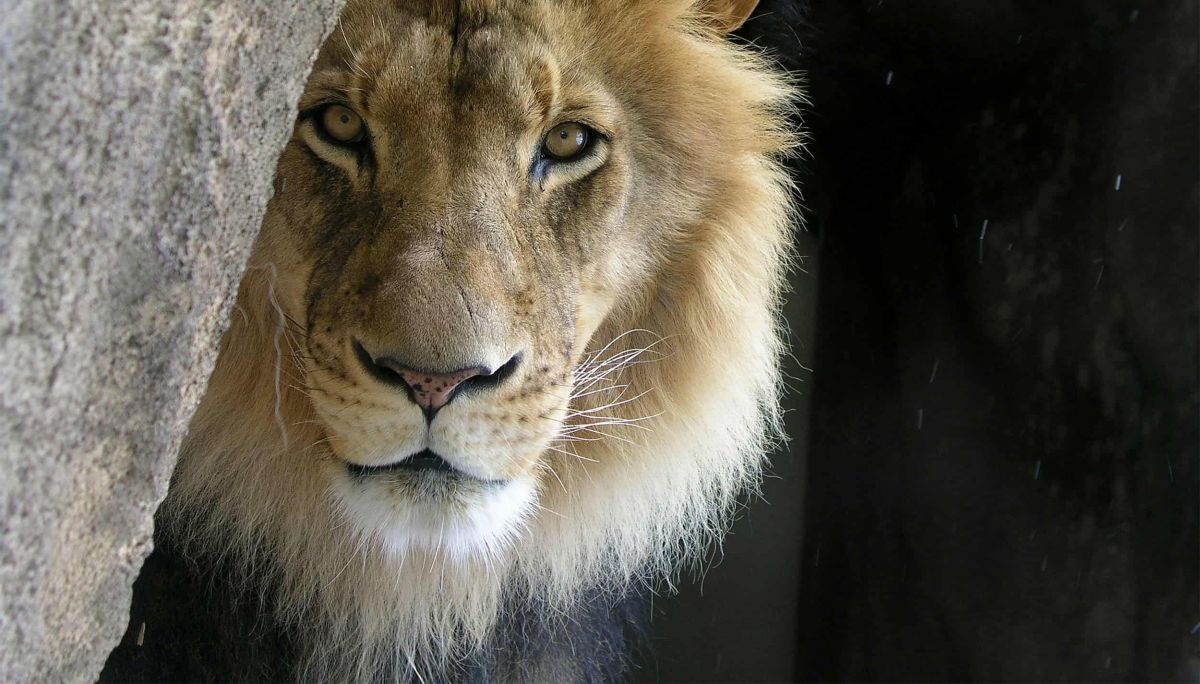Life of Lions: Kings of the Animal Kingdom

Lions, known scientifically as Panthera leo, have long captivated the imagination of humankind. Often regarded as the kings of the animal kingdom, these magnificent creatures symbolize strength, courage, and nobility. Let’s take a look into the fascinating world of lions, exploring their behavior, social structure, habitat, and conservation status, while shedding light on what makes them such iconic animals.
The Social Structure of Lions
Unlike most big cats that lead solitary lives, lions are unique in their social behavior. They are the only cats that exhibit a complex social structure known as a pride. A typical pride consists of several related females, their cubs, and a few males, usually one or two dominant males who defend the pride’s territory.
Female lions, also known as lionesses, are the primary hunters. Working collaboratively, they can take down prey much larger than themselves, such as zebras or wildebeests. This cooperative hunting strategy allows lionesses to provide a substantial food source for the entire pride. Males, on the other hand, tend to focus on protecting the pride from rival males and other potential threats, all while maintaining their status as the pride’s head.
Communication Among Lions
Lions communicate through a variety of vocalizations, including roars, grunts, growls, and purrs. Roaring, the most iconic sound of the lion, serves multiple purposes: it can assert territory, signal a presence to other pride members, or warn potential intruders. A lion’s roar can be heard up to five miles away, making it a powerful tool for maintaining social structure and territory.
In addition to vocal communication, lions use body language to convey their emotions and intentions. Grooming is also a vital social activity among pride members that helps strengthen bonds and maintain social cohesion.
Habitat and Range
Lions once roamed across Europe, Asia, Africa, and even the Americas. However, their range has significantly diminished due to habitat loss and human encroachment. Today, wild lions are primarily found in sub-Saharan Africa, with a small population of Asiatic lions surviving in the Gir Forest of India.
Their preferred habitats include grassy plains, savannas, and open woodlands, where they can easily hunt and establish their territories. Unfortunately, these vital ecosystems are under threat from agricultural expansion, urban development, and climate change, which further endangers lion populations.
Conservation Status
The lion’s conservation status has become a topic of global concern. According to the International Union for Conservation of Nature (IUCN), lions are classified as “Vulnerable,” with populations in Africa declining by nearly 43% over the last two decades. Habitat loss, trophy hunting, human-wildlife conflict, and a decrease in prey availability have all contributed to this alarming trend.
To combat these threats, various conservation efforts are underway. Protected areas, such as national parks and wildlife reserves, play a crucial role in safeguarding lion habitats. Additionally, community-based conservation initiatives that involve local people in protecting wildlife have shown promise in reducing conflicts and promoting coexistence.
The Symbolism of Lions
Throughout history, lions have held a significant place in various cultures and mythologies. From the Sphinx of ancient Egypt to the lions that adorn heraldry and coats of arms, these animals represent strength, bravery, and royalty. They have inspired countless stories, films, and artworks, solidifying their status as cultural icons.
In today’s world, lions continue to be emblematic of the ongoing struggle for wildlife conservation. They remind us of the interconnectedness of all species and the importance of preserving not just their lives, but the health of our planet as a whole.
Conclusion
Lions are more than just magnificent creatures; they are vital components of their ecosystems and cultural symbols that reflect human values and aspirations. As we strive to protect these magnificent animals and their habitats, we must recognize the importance of conservation efforts in ensuring that future generations can witness the grandeur of lions in the wild. Together, we can play a part in safeguarding the future of these kings of the animal kingdom. Let us cherish and protect them, for they are not just symbols of power but also reminders of the beauty of the natural world.



